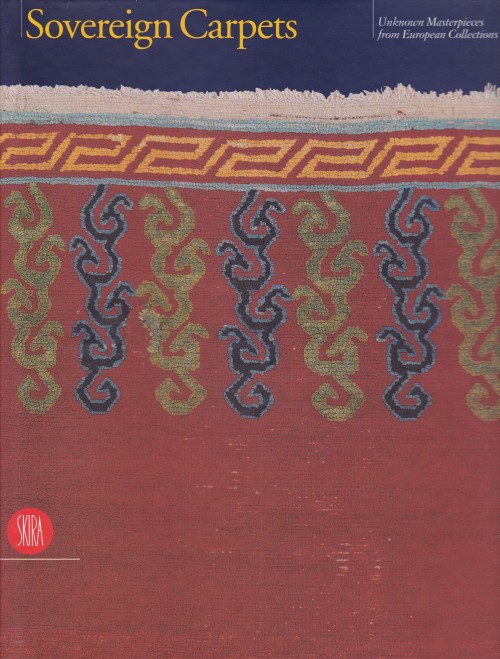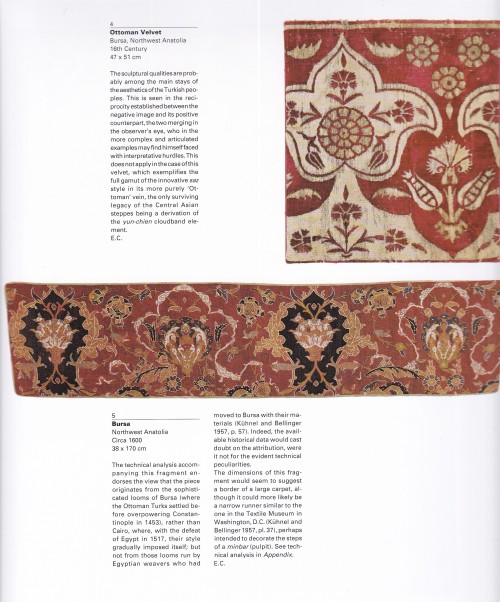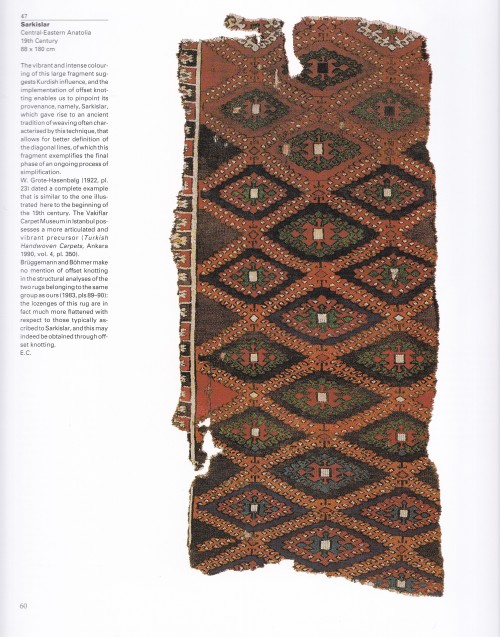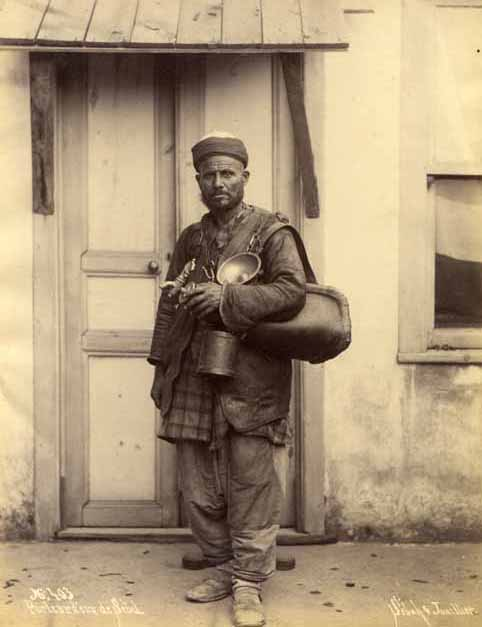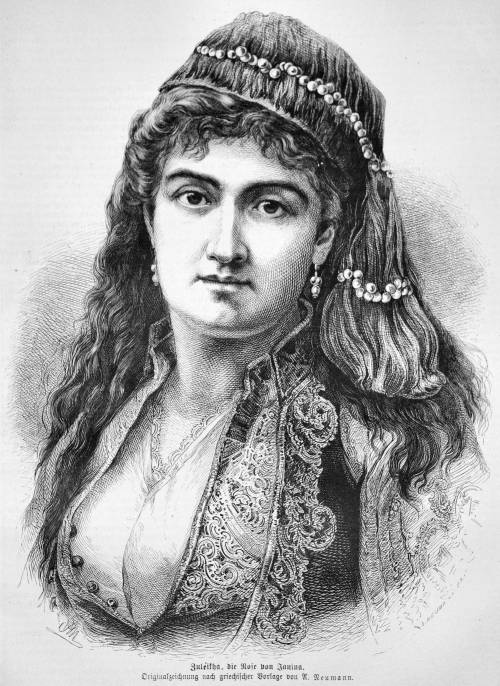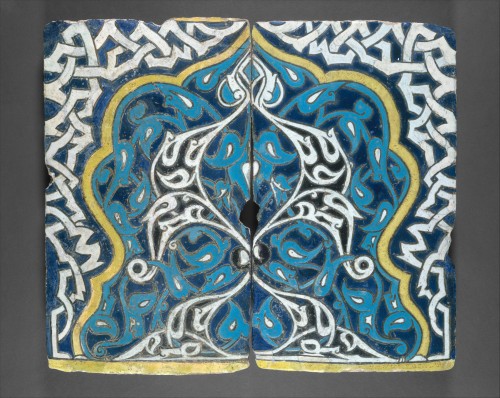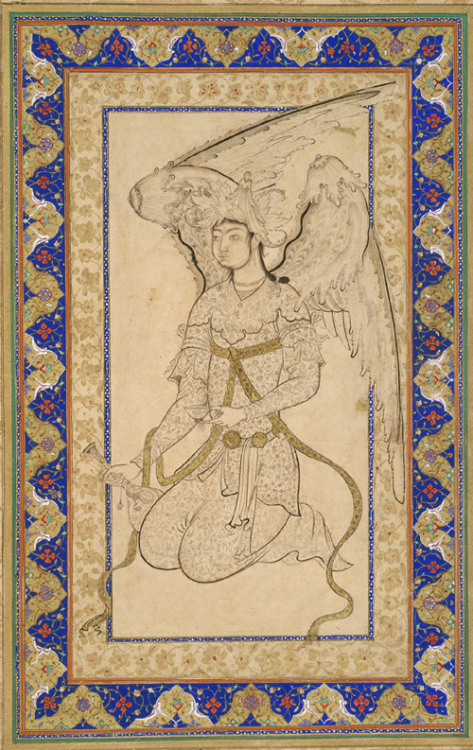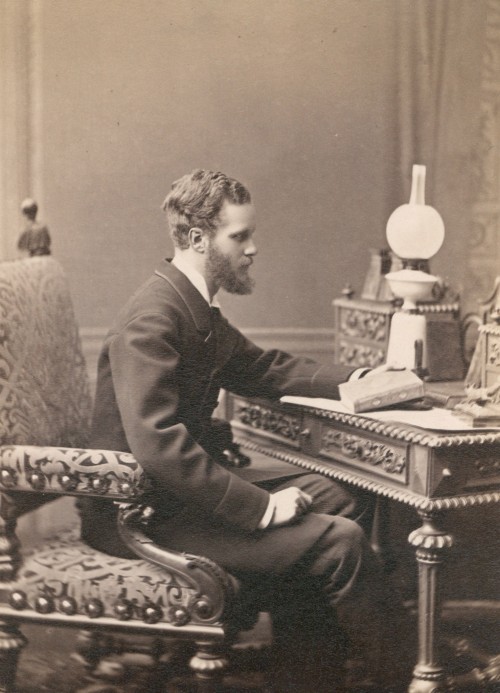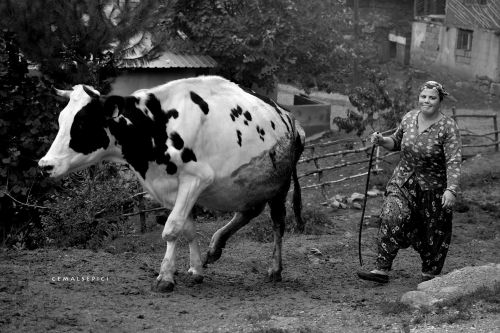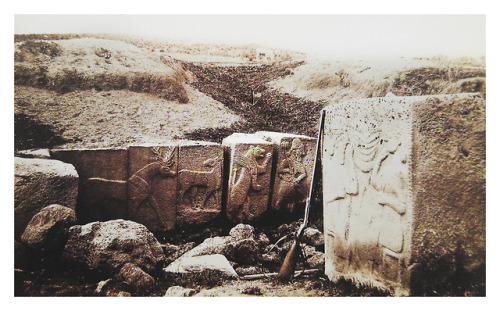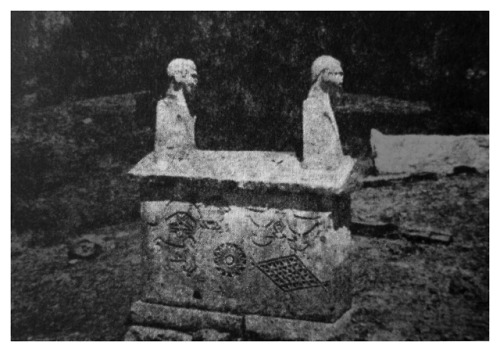#anatolia
Sovereign Carpets
Unknown Masterpieces from European Collections
Edited by: Edoardo Concaro, Alberto Levi
Skira, Milano 1999, 240 pages, 230 col.illustrations, 21 x 28cm, English, ISBN 9788881186303
euro 43,00
email if you want to buy :[email protected]
The book illustrates the extraordinary and very ancient art of rugs with a relevant selection of Oriental rugs—from the oldest to the ones produced in the late nineteenth century—belonging to European private collections, besides a set of rugs coming from the Russian ethnographic museum of St. Petersburg.
The fruit of long research within the rich private artistic patrimony, the catalogue assembles two hundred Oriental rugs from the 15th to the 19th century, coming from Persia, Anatolia, the Caucasus, central Asia, Tibet, Turkestan
and China.
The pieces featured in the volume cover vast chronological and geographical sections of the fascinating world of carpets; the aim of the book is both eclectic and simple: to present very beautiful rugs belonging to private collectors and to give —through brief introductory chapters—an overview of the main carpet-weaving areas of the world.
A series of maps and a glossary of technical terms are designed to help the non professional reader.
There are several titles avaiable on carpets, but the peculiarity of this book is to illustrate many precious pieces from private collections, never shown to the public before.
05/04/22
orders to: [email protected]
ordini a: [email protected]
twitter: @fashionbooksmi
instagram: fashionbooksmilano, designbooksmilano tumblr: fashionbooksmilano, designbooksmilano
Post link
Today, I’ll be taking a look at medieval Ottoman cuisine - specifically the food seen in ottoman courts! The recipe in question is cılbır, or poached eggs with herbal yoghurt. This is a simple yet tasty recipe that is still eaten today in Turkey!
In any case, let’s now take a look at The World That Was! Follow along with my YouTube video, above! Consider checking out my Patreon if you like these recipes!
Ingredients (for 3 portions)
3 eggs
150g greek yoghurt
freshly chopped parsley (or dill, or cilantro)
2 cloves garlic
ground coriander
Method
1 - Make the Yoghurt
To begin with, we need to make a simple yoghurt for the eggs to sit on. Start this by finely chopping some fresh parsley - dill or cilantro would have also been used! Toss this into your yoghurt, along with a clove or two of crushed garlic. Mix all of this together, until it’s very well combined. Leave it to sit aside while you poach your eggs.
2 - Poach the eggs
Place a pot of hot water over a high heat until it boils. At a rolling boil, turn the heat down to low and let it simmer gently.
There’s a couple of methods of poaching eggs. I cracked an egg into a ramekin, and then dropped this into a ladle, before lowering into the water. Some of the whites of the egg became spidery and flyaway, but don’t worry! This will look amazing and silky when it’s out of the water.
Let the egg cook for a couple of minutes, before draining it and dunking it in cool water - to stop the yolk from becoming overcooked.
3 - Assemble the dish
Place a nice dollop of the herby yoghurt onto a plate, and place one of your poached eggs atop this. Sprinkle with a bit of freshly-ground coriander, and dig in with some fresh bread!
The finished dish is deliciously light yet filling. The herbs really pairs well with the texture of the egg. Although rather plain looking, it’s an easy yet luxurious way of presenting an otherwise simple dish in antiquity.
Çılbır is still eaten in turkey today, proving it’s role as a cheap yet filling meal for many throughout the centuries.
Ottoman cuisine formed as a fusion of Mediterranean, Near Eastern, and Central Turkic motifs in the early Medieval Period, which is exemplified here - using an array of culinary styles that are seen elsewhere in the region (such as Greek tzatziki being prepared in much the same way as this recipe, with the addition of mint and cucumber)






The Hittite Sun Disk or Hittite Sun Course is an ancient Anatolian symbol dating back to the 20th century BC. The symbol belongs to the Hattis from the pre-Hittite period. The Sun Disk was used in ceremonies by Hattians about 4.000 years ago.
Round sphere forming the Sun Disk symbolizes the earth or the sun. At the bottom, there are two horn-like protrusions but what they represent is not clear. The protrusions at the top represent fertility, and the procreation of nature.
Our t-shirt design inspired by this symbol is available on Amazon (US): https://www.amazon.com/dp/B09RTYB3SD
The Cypress Grove
Genre: Romance/Historical/Fantasy, slightly based on thismythSetting: Greek Anatolia, early 900s, Byzantine Empire
Word Count:7200
Since Halia could remember she belonged more on the land than in the seaside city of Abydos, the tender soil as close to her heart as her mother’s line, who before they became known as healers lived off the land as farmers and hunters. It was here, on the outskirts of Astyra, that Halia was content.
She didn’t need marriage or children or love or family if only she could stay on the land.
Halia didn’t want to knock her birthplace by the Dardanelles. But the young Byzantine medic cherished that innate feeling of home, as she surveyed their dwindling olive groves. In this maternal alcove outside the main city, she felt at once at peace and loved. Nourished by the soft sun, the gleaming rocks, the scent of pine and cypress, and the crisp air.
Post link
On October 10th, two suicide bombers left about 100 people dead in Ankara, Turkey as crowds gathered for a rally against violence between government forces and the outlawed PKK (Kurdistan Workers Party). There has been widespread anger against the Turkish government for failing to prevent the attack. (Bulen Kilic / AFP)
Post link

Anatolia
Cuerda seca tiles. Turkey, Konya, late 14th c.
“A brilliant but short‑lived episode in the history of Anatolian ceramic production was the appearance of tiles decorated in the so‑called cuerda seca ("dry cord”) technique. In the cuerda seca process, thin bands of waxy resist maintain color separation between glazes during firing, but leave behind “dry cords” of unglazed tile. This technique seems to have been introduced to Turkey from Iran as early as the fourteenth century. These tiles are also distinguished by their curving shape, recalling their original placement—probably on the exterior of the polylobed tower of the Mevlana Turbesi (Tomb of Rumi) in Konya.“
Post link
Shah Quli. Probably Istanbul, Turkey, mid-16th century
“Referred to as peri winged celestial creatures are among some of the most popular subjects in sixteenth-century Ottoman and Persian drawings and paintings. The exquisitely rendered composition typifies a distinct style of Ottoman drawing that combines sweeping, calligraphic lines with soft, feathery strokes, as is evident in the minute designs on the figure’s robe, cup, and bottle. Light washes of color add a sense of volume and texture to the form of this heavenly being.”
Post link
CountKarol Lanckoroński(1848-1933)was a Polish art historian, art collector, patron, archaeologist and traveler. He came from a Polish aristocratic family bearing the Zadora coat of arms whose roots go back to the 12th century. He was one of the wealthiest and most cultivated magnates in Austrian partition of Poland and in the whole of the Austro-Hungarian Empire.
■ Thanks to the strenuous efforts of Count Karol Lanckorońskiand the Viceroy of Galicia Professor Count Leon Piniński, the Royal Castle of Wawel in Kraków was recovered from the Austrians. Together with Piniński he was actively involved in the renewal of both the Wawel Castle and the Wawel Cathedral, for which Lanckoroński founded the tombstone of Queen Jadwiga. In September 1884, Karol launched, organized and financed an archaeological expedition to Turkey. The result was published in a two-volume book issued in three languages, Polish, German and French, entitled “The Cities of Pamphylia and Pisidia”. The archaeological research of 1882-1884 brought Lanckoroński international recognition – he became a member of the German and Austrian Archaeological Institute in 1891 and of the Polish Academy of Arts and Sciences in 1893.
■ His art collection, estimated at more than 3,000 objects included paintings of the Italian, German, Austrian, French and Dutch schools, was partly inherited from his ancestors (including works from the former collection of King Stanisław August Poniatowski) but much of it was acquired by him personally. His collections also included works of ancient art (Greek, Roman, but also ancient Egyptian) which amount to about 1,000 objects, art and craft from China, India and Japan, as well as porcelain, tapestries, coins and miniatures. In the years 1994 and 2000 his daughter Karolina Lanckorońska, donated her family’s art collection to various Polish cultural institutions.
Post link
Hiç yaşamadım, bildim yolculuk var her yerde
Anladım ki ölüm hariç deva bulunuyor her derde
Post link
Yeryüzünde bulunan her şeyi sizin için yaratan, plan ve tasarımını göklere de uygulayıp onları yedi kat gök şeklinde düzenleyen hep O'dur. Ve yalnızca her şeyin tam bilgisine sahip olan da O'dur..
BAKARA / 29
Post link
Marching Hittite figures from Zincirli Höyük, Central Anatolia.
Source:John Henry Haynes: A Photographer and Archaeologist in the Ottoman Empire 1881 - 1900 by Robert G. Ousterhout. (2016)
Image reproduced for non-commercial purposes.
Contact [email protected] for removal.
Post link
Twin-human-headed tomb with mystical patterns in a Zaza cemetery, from the Çılga village district in Tunceli (Dersim), Turkey.
Image reproduced for non-commercial purposes.
Contact [email protected] for removal.
Post link

somewhere in northern anatolia, random pic I took on a bus trip
Seated Goddess with a Child, Hittite Empire, 13th century B.C.E, Central Anatolia @metmuseum
This is a tiny (4.3 cm) ornament that was probably worn around the neck as an amulet. According to the Met’s website these small gold figures with loops that were also found in Mesopotamia, Iran, the Levant and Egypt were probably portable representation of gods. She may be the sun goddess, Arinna, due to her disklike headdress which would probaby represent the sun. Her chair has lion paws on the sides. Anatolia must have had a bevy of lions since the mother goddesses are usually represented accompanied with them. The child sitting on her lap was cast separately and then attached. *
Post link

